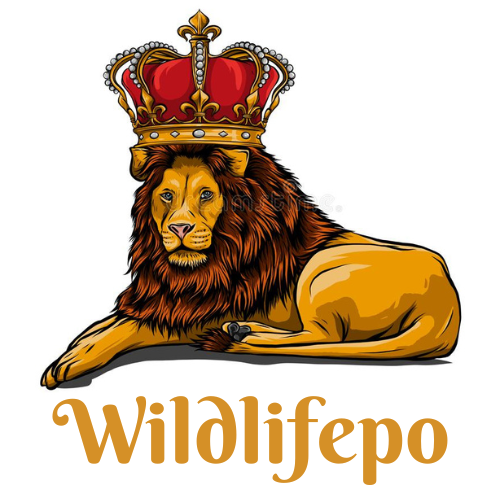How Deer Fencing Works
Deer fencing is an effective and humane solution to protect gardens, crops, and landscapes from deer and other wildlife. As urban development continues to encroach upon natural habitats, the interaction between humans and wildlife has increased, often resulting in conflicts. Deer, in particular, can cause significant damage to vegetation, posing a threat to agricultural livelihoods and disrupting ecological balance. Understanding how deer fencing works can help homeowners, farmers, and land managers make informed decisions to mitigate these issues.
Design and Construction
Deer fencing is typically constructed using durable materials such as polypropylene, metal deer fence, or high-tensile wire. The height of the fence is crucial in preventing deer from jumping over it. A standard deer fence is usually between 7 to 8 feet tall, although taller fences may be necessary in areas with high deer populations or where deer have learned to jump over lower fences.
The design of the fence also plays a critical role in its effectiveness. Deer are hesitant to jump into areas where they cannot see what’s on the other side, so solid or semi-solid fencing materials are often used. Additionally, the bottom of the fence is usually buried underground or curved outward to prevent deer from digging underneath.
Electric Fencing
Electric fencing is another popular option for deterring deer. These fences deliver a mild electric shock to any animal that comes into contact with them, teaching deer to avoid the area. Electric fences are usually less expensive to install and maintain than traditional fences, making them a cost-effective solution for large properties or agricultural land.
Placement and Installation
The placement of the fence is crucial for its effectiveness. It should be installed around the perimeter of the area you wish to protect, ensuring there are no gaps or weak spots that deer can exploit. For agricultural fields or orchards, additional fencing may be required to protect individual crops or trees.
Installation of a deer fence typically involves digging post holes, setting the fence posts, and attaching the fencing material. It’s essential to follow the manufacturer’s instructions carefully and consider hiring professionals for larger installations to ensure the fence is installed correctly and securely.
Maintenance
Regular maintenance is essential to keep a deer fence effective over time. Inspect the fence regularly for any damage, such as holes, tears, or loose posts, and repair them promptly. Vegetation growing against the fence should be trimmed back to prevent deer from using it as a bridge to jump over.
If you’re using an electric fence, make sure to check the battery and the electric charge regularly to ensure they are functioning correctly. Additionally, be mindful of any fallen branches or debris that could damage the fence during storms or harsh weather conditions.
Benefits of Deer Fencing
- Protects Vegetation: Deer can cause extensive damage to gardens, crops, and ornamental plants. A deer fence acts as a barrier, preventing deer from accessing these areas and causing damage.
- Cost-Effective: While the initial cost of installing a deer fence can be significant, it is often more cost-effective in the long run compared to replacing damaged vegetation or crops.
- Humane: Deer fencing provides a humane solution to wildlife conflicts, allowing deer to roam freely in their natural habitat without causing harm to human interests.
- Versatility: Deer fencing can be customized to suit various needs and environments, making it a versatile solution for different applications, from residential gardens to large agricultural properties.
Conclusion
Deer fencing is an effective and humane solution to mitigate the damage caused by deer to gardens, crops, and landscapes. By understanding how deer fencing works and investing in a well-designed and maintained fence, homeowners, farmers, and land managers can protect their investments and maintain a harmonious coexistence with wildlife. Whether you opt for a traditional fence or an electric one, proper installation and maintenance are key to ensuring its long-term effectiveness. With the right approach, deer fencing can offer peace of mind and preserve the beauty and productivity of your property for years to come.




